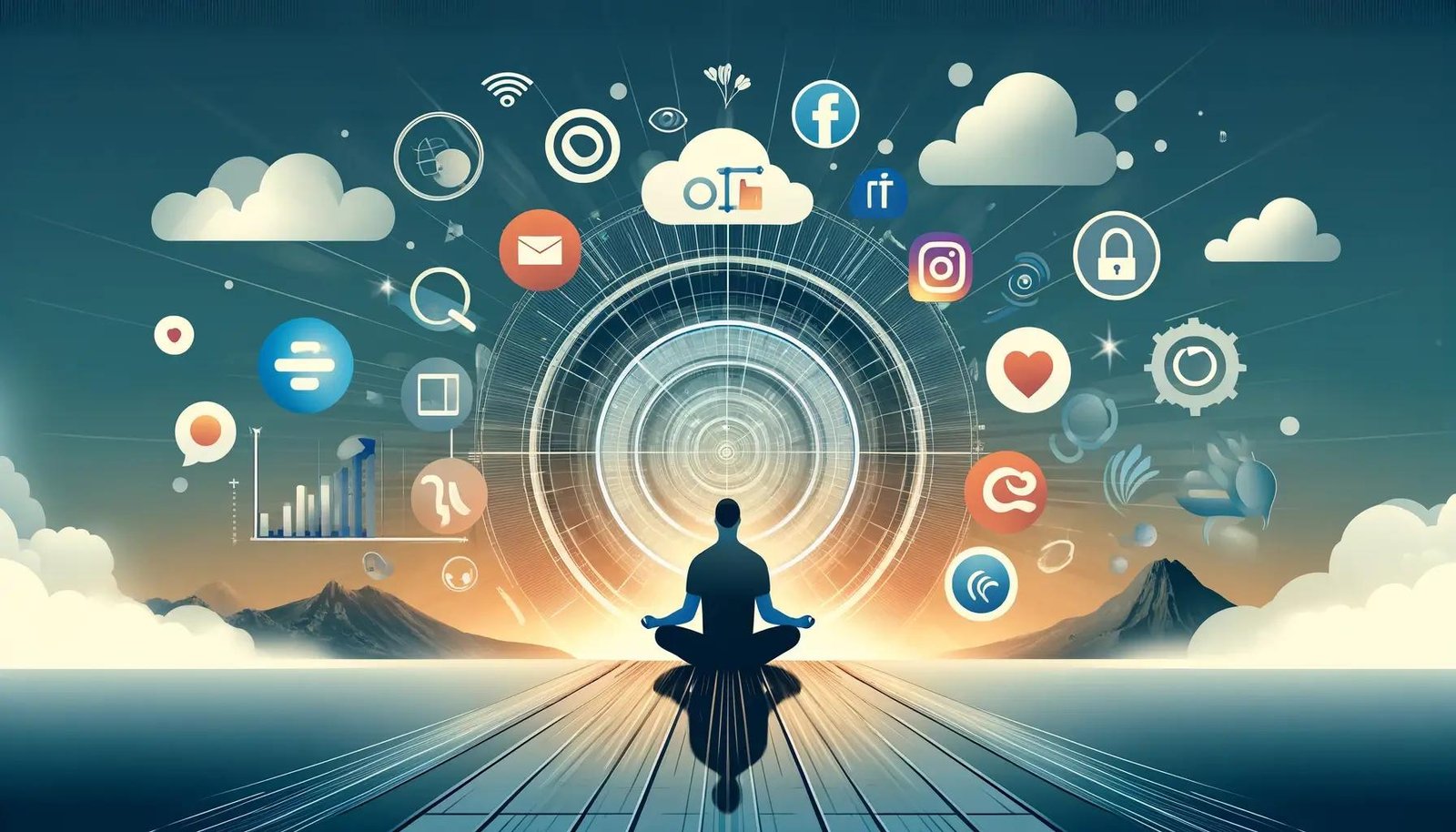Exploring Digital Detox: Reclaiming Balance in a Tech-Driven World
In our highly connected world, technology is an integral part of our daily lives, but constant connectivity can lead to digital fatigue, reduced productivity, and stress. A digital detox—taking a deliberate break from screens and online interactions—can help restore balance and improve mental well-being. This page explores the benefits of a digital detox and practical steps to reduce screen time.
Why a Digital Detox Matters
- Mental Clarity: A break from screens allows the mind to reset, improving focus and reducing mental clutter.
- Improved Sleep Quality: Reducing screen exposure before bed helps improve sleep, as screens often disrupt natural sleep rhythms.
- Enhanced Relationships: Time away from devices fosters more meaningful, in-person connections with family and friends.
- Increased Productivity: Focusing on offline tasks without the interruption of notifications enhances productivity and creativity.
Practical Steps for a Digital Detox
- Set Screen-Free Zones: Designate certain areas in your home, like the bedroom or dining area, as screen-free zones to encourage a break from technology.
- Schedule Device-Free Times: Set specific times during the day to disconnect from all devices, such as during meals or an hour before bedtime.
- Practice Hobbies Offline: Engage in offline activities such as reading, painting, or exercising to cultivate interests beyond the digital world.
- Use Apps for Accountability: Ironically, apps can help limit screen time by setting usage limits or blocking distracting sites during focused periods.
Conclusion
A digital detox can have a powerful impact on mental clarity, productivity, and relationships. Taking intentional breaks from screens allows us to reconnect with ourselves and the world around us, creating a healthier and more balanced lifestyle.
